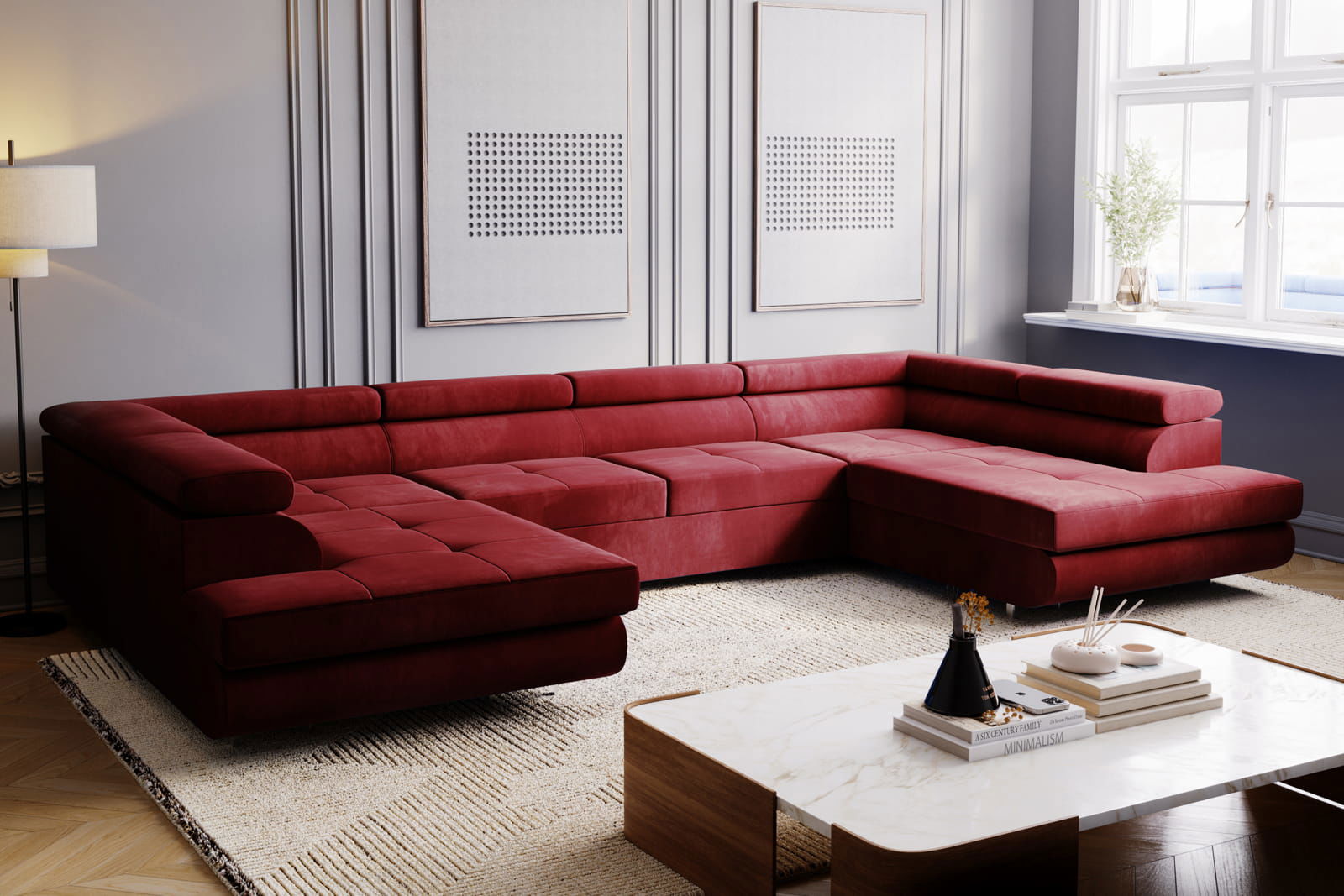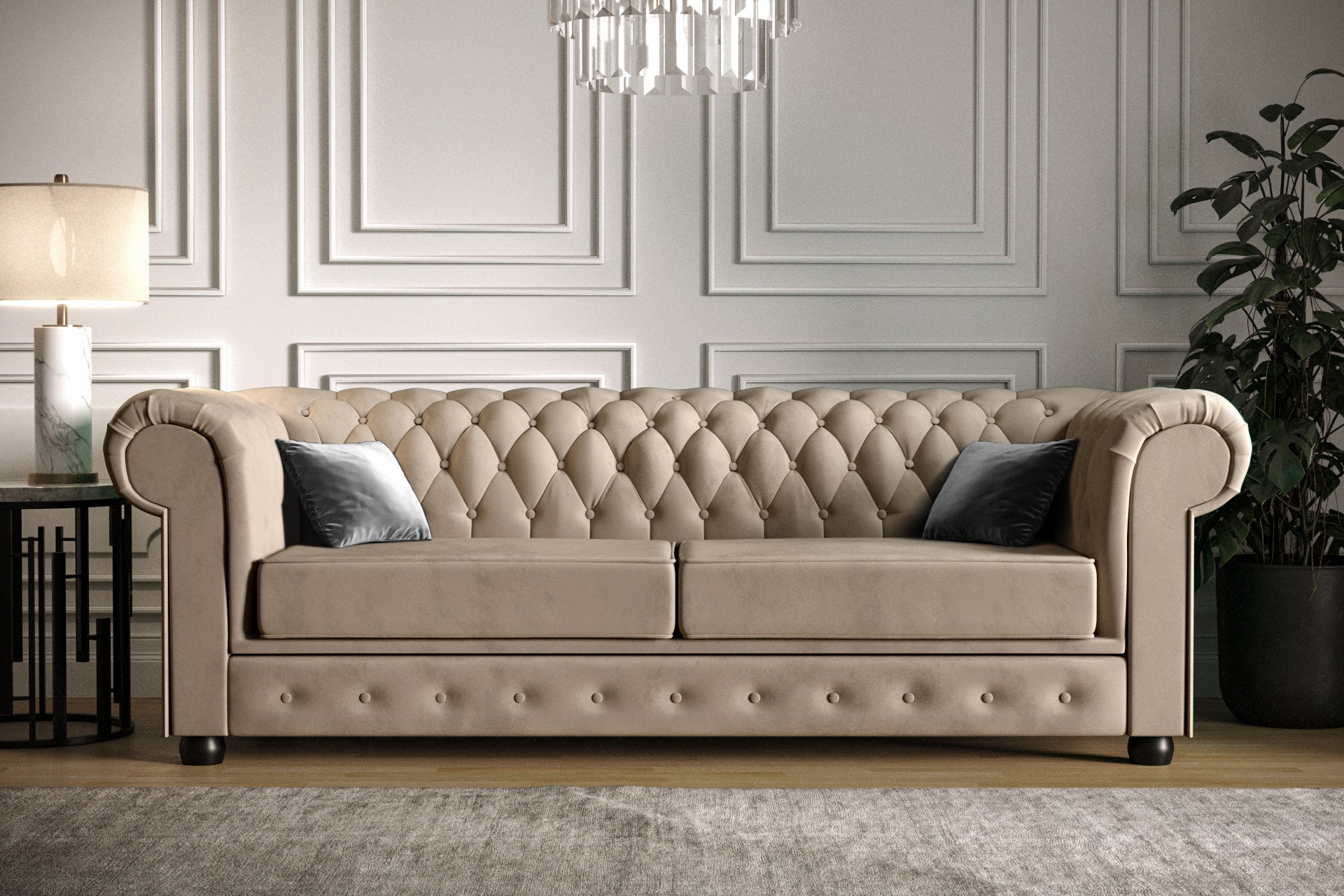Corner sofas have enjoyed immense popularity in interior design for many years. When chosen carefully, a corner sofa can be not only a comfortable place to relax but also a key decorative element in a living room. Thanks to its functionality and the wide range of models available, this type of seating is increasingly favoured by homeowners. However, success hinges on ensuring the sofa is well matched to your specific space in terms of size, style, colour, and any additional features.
Size and Proportions of Corner Sofas
Before buying, it’s important to take precise measurements of the area where the sofa will be placed. You must consider not only the sofa’s footprint but also allow enough room for people to move around comfortably. Ensuring smooth movement is especially vital in rooms where there are several other pieces of furniture. Many people also wonder about the shape—L-shaped and U-shaped corner sofas are the most popular options. The former often suits smaller living rooms better, while the latter can create a spacious seating area in larger interiors.
Popular Styles
Every interior has its own character, so your choice of corner sofa should align with the rest of the décor. In modern, minimalist spaces, you’ll often find simple, geometric forms and subdued colour palettes. In Scandinavian-style rooms, a sofa with gently curved lines set on tall wooden legs is a typical feature, often in light or neutral shades. Traditional interiors may include elegant finishes, tufting, and more pronounced details, while in glamorous settings, shimmering fabrics and jewel-like accents take centre stage. Pay attention to details such as armrest shape, backrest height, and whether there is any tufting on the cushions.
Colours and Materials
Choosing the right colour can be one of the trickiest parts of selecting a corner sofa. Lighter shades help visually expand a smaller living area, though they may require more frequent cleaning. Darker hues emphasise a modern style and can become the focal point of the room, but in smaller spaces they risk making the area feel cramped. The choice of upholstery material is equally crucial. Natural leather exudes a sense of luxury but demands proper maintenance. Faux leather offers a more budget-friendly option, while stain-resistant fabrics are a practical choice in homes with children or pets. Velour has also grown in popularity for its soft, cosy feel, adding warmth to any space.
Functionality and Additional Options
One of the major advantages of a corner sofa is the scope for extra features. Many models offer a built-in bed function—handy for accommodating overnight guests. Some have a storage compartment for bedding, which is particularly useful in smaller flats where space is at a premium. Consider adjustable headrests and backrests, which greatly enhance comfort. Certain corner sofas even come with pull-out seat extensions, integrated shelves, or hidden storage in the armrests, allowing you to customise your sofa according to your needs and preferences.
Positioning the Sofa and Living Room Layout
How you position a corner sofa largely depends on the shape and size of the room. In smaller living spaces, placing the sofa in the corner makes the most of limited floor space. In larger rooms, a corner sofa can serve as a central feature, effectively dividing the area into different zones—perhaps a relaxation area and a dining section, or a lounging space and a workspace. Check whether the model you’re considering has a universal configuration (letting you choose which side the chaise goes on) or whether it’s a fixed design. The overall look can be enhanced with well-chosen accessories, such as a coffee table that matches the proportions of the sofa, appropriate lighting, and decorative cushions or rugs.
Common Mistakes and How to Avoid Them
A frequent mistake is choosing a sofa that doesn’t fit the room’s dimensions. An oversized corner sofa can overwhelm the space, while a too-small model might make the room appear underfurnished. Another pitfall is selecting the wrong colour or material—very dark upholstery can make a small living room feel even tighter, whereas very light fabrics may stain easily if the sofa is used extensively. Comfort is also crucial; test out various models to ensure the seat and backrest offer adequate support, and confirm whether the additional features will genuinely prove useful.



